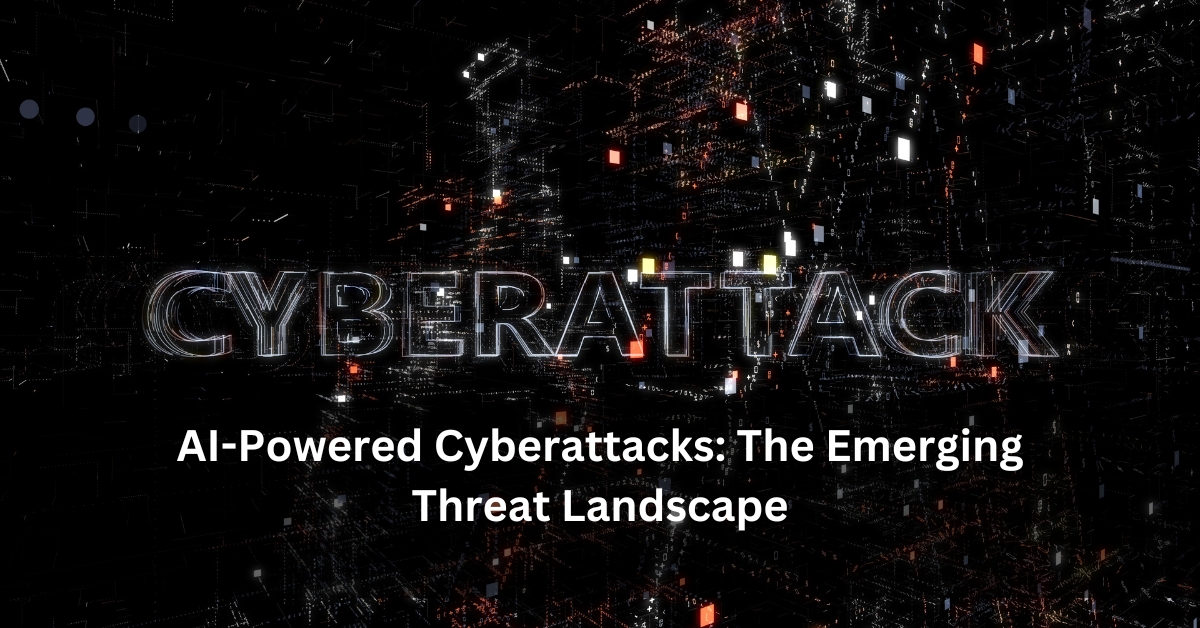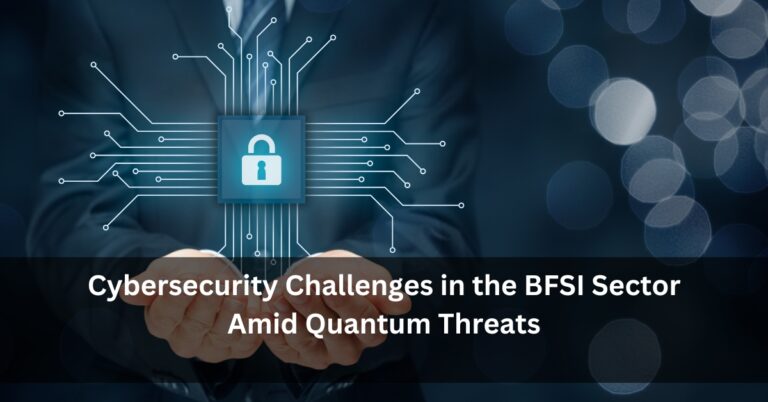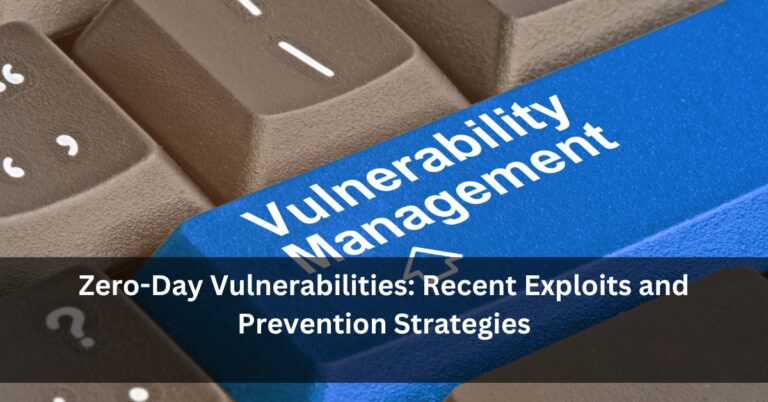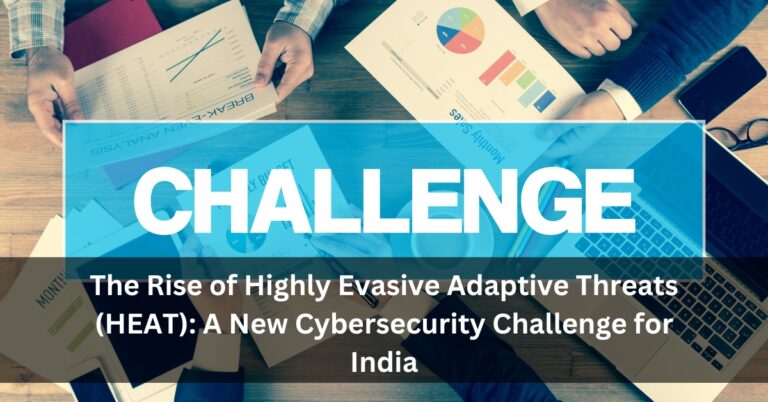AI-Powered Cyberattacks: The Emerging Threat Landscape
The digital revolution in India has led to massive growth in technology adoption, with artificial intelligence (AI) playing a key role across sectors. From healthcare to banking, AI is making everyday tasks smarter and faster. But this growth also comes with a darker side—cybercriminals are now using AI to launch more targeted and dangerous attacks. These AI-powered cyberattacks are a growing concern, and as India’s digital footprint expands, understanding this new threat landscape is more important than ever.
At FutureAI, we aim to break down complex topics like this and keep our readers informed, aware, and ready.
What Are AI-Powered Cyberattacks?
AI-powered cyberattacks are not like traditional hacking attempts. They use artificial intelligence to learn, adapt, and mimic real human behaviour. This makes them harder to detect and more successful in tricking people or breaching systems.
For example, attackers can now use AI to create fake emails that look like they’re from your bank, your boss, or even a government agency. These emails can bypass spam filters and convince people to share passwords or financial information.
In some cases, cybercriminals use AI to clone voices or faces. They might call you using a voice that sounds like your manager, asking for urgent help or financial support. These attacks are not science fiction anymore—they are happening today, and they are evolving fast.
Why Should India Be Concerned?
India has seen one of the fastest rates of digital adoption in the world. With more than 800 million internet users and increasing smartphone penetration, the country has become a major target for cybercriminals.
A recent study revealed that India faced more cyber intrusions in 2024 than the United States, Russia, Ukraine, and Germany combined. In fact, nearly 12% of all hacking attacks in the Asia-Pacific region were directed at India. This shows that cyber attackers see India as a prime target, largely because of its large digital user base and the fact that many organisations still lack strong cybersecurity measures.
Worryingly, only 7% of Indian organisations are fully prepared to handle modern cyber threats, especially those involving AI. More than half of these organisations believe they are likely to face a serious cyber breach in 2025.
This information is not meant to cause panic, but to help people and businesses understand the importance of staying updated and protected. At FutureAI, we believe that awareness is the first step towards safety.
Real-World Examples of AI Threats
AI-powered cyberattacks are not just a theory—they are happening in real life.
In 2025, global cybersecurity experts warned of a rise in deepfake-enabled fraud. Deepfakes are fake audio or video content made using AI. These can be used to impersonate political leaders, CEOs, or even family members.
There was also the case of malware that used AI to change its code regularly. This allowed it to avoid detection by antivirus software and continue stealing data from infected systems. These are just a few examples of how AI is being misused to breach systems and steal sensitive data.
The health, finance, and education sectors in India are particularly at risk because of the sensitive data they handle and the lack of high-level cybersecurity protections in many of their systems.
At FutureAI, we closely monitor such developments and offer insights that help Indian organisations prepare better.
How Is the Government Responding?
To address these challenges, the Indian government has taken steps to strengthen cybersecurity, especially in the AI space.
One key initiative is the AI Pragya Programme launched by the Uttar Pradesh government. The goal is to train more than one million professionals—including government employees—in AI, cybersecurity, and data analytics. This kind of large-scale training can create a workforce that is better prepared to tackle new-age threats.
India has also set up an AI Safety Institute. This institute is responsible for setting safety standards, reviewing AI tools, and making sure that artificial intelligence is used ethically and securely across industries.
These efforts are a step in the right direction. But protecting against AI-powered threats is not just the government’s responsibility. Individuals and private companies also need to take action. FutureAI encourages proactive learning and adoption of basic cybersecurity practices.
What You Can Do to Stay Safe?
While AI threats may sound complex, some simple steps can go a long way in protecting yourself:
- Always verify unknown emails or messages. Don’t click on links unless you are sure of the sender.
- Use strong, unique passwords for your online accounts and update them regularly.
- Enable two-factor authentication wherever possible. It adds an extra layer of security.
- Install antivirus software and keep your devices updated.
- Stay informed. Follow trusted websites like FutureAI to get the latest on AI and cybersecurity.
The Road Ahead
AI is not going away. In fact, it will become more embedded in our lives in the coming years. Just as we use it to improve healthcare, transportation, and education, bad actors will continue to use it for harmful purposes. The best way to deal with this is to stay informed, stay alert, and adopt a cybersecurity-first mindset.
At FutureAI, we are committed to guiding Indian users, businesses, and institutions through this evolving digital landscape. With regular updates, expert insights, and simplified guides, we help you make sense of AI and its impact on your daily life.







